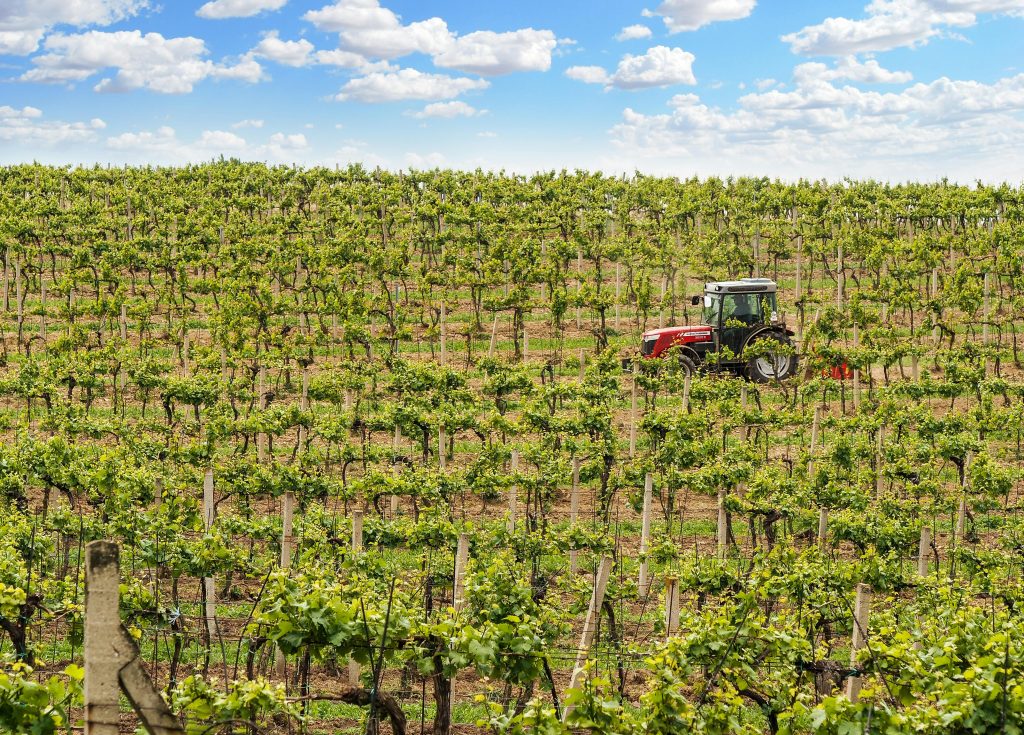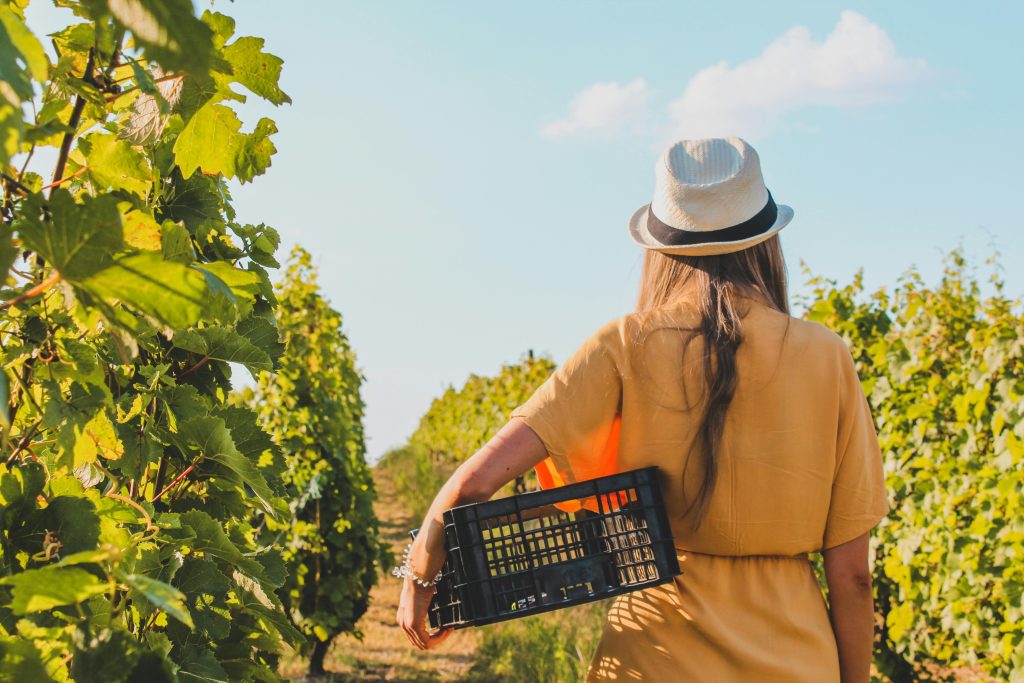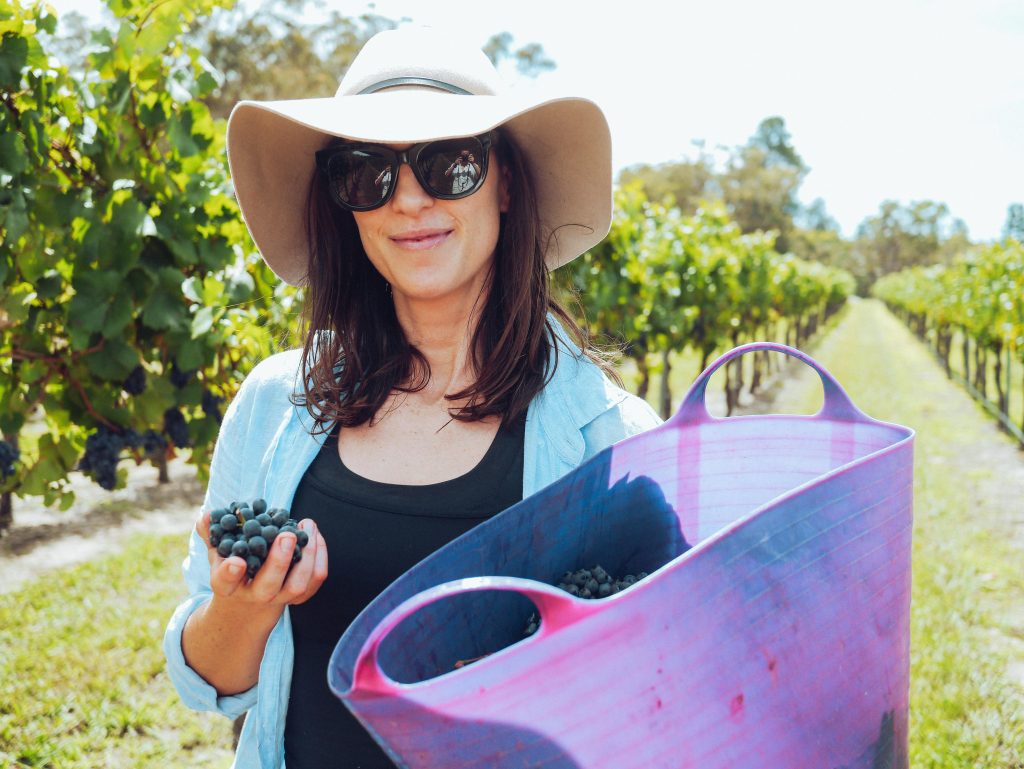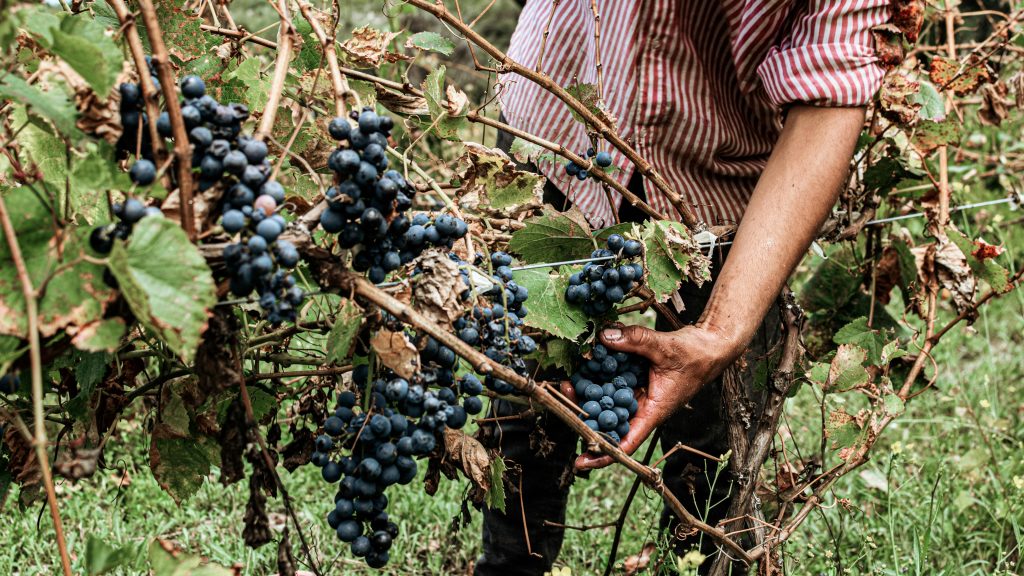
Owning a vineyard sounds like the ultimate dream, right? Rolling hills covered in vines, picturesque sunsets over rows of grapes, and, of course, bottles of wine just waiting to be uncorked. But there’s much more to vineyard life than sipping Chardonnay in the sunshine. For vineyard owners, it’s a lifestyle that blends hard work, deep knowledge, and a passion for winemaking.
So, what’s it really like to spend a day in the life of a vineyard owner? Let’s take a peek behind the scenes of wine country living and see what happens before that glass of Pinot Noir makes its way to your table.

6:00 AM – Rise and Shine
A vineyard owner’s day starts early—sometimes before the sun even rises. Grapes don’t wait, and neither can the day’s chores. The first task of the morning usually involves a brisk walk around the vineyard to check on the vines. This is the most peaceful part of the day, with the cool morning air hanging over the vineyard and the only sounds being the birds waking up and maybe the crunch of gravel underfoot. It’s a time for the vineyard owner to take stock of the vines’ health, inspect for any potential problems, and get a feel for how the grapes are progressing.
Early mornings in the vineyard offer a glimpse into nature’s rhythms. The owner carefully inspects the vines, looking for signs of pests or diseases, and checks the ripeness of the grapes if it’s close to harvest time. It’s all about balance—making sure the plants are growing at the right pace and ensuring the grapes are developing the flavors needed for great wine.
7:30 AM – Morning Strategy Meeting
Once the early morning rounds are done, it’s time to meet with the vineyard team. Running a vineyard isn’t a solo job; there’s a dedicated crew of workers, from viticulturists who specialize in vine care to seasonal workers helping with pruning and harvest. The owner gathers everyone to discuss the day’s tasks. Maybe it’s time for thinning the leaves to let more sunlight reach the grapes, or perhaps some irrigation adjustments are needed because the soil’s moisture levels aren’t quite right.
The vineyard owner isn’t just a supervisor—they’re a leader who has to know every detail about how the vineyard runs. This meeting often sets the tone for the rest of the day, focusing on what needs immediate attention and preparing for any upcoming challenges like unpredictable weather.
9:00 AM – Hands-on Vineyard Work
A vineyard owner isn’t afraid to get their hands dirty, and much of the day is spent alongside their crew working on the vines. Depending on the season, the tasks vary. During pruning season, for example, the focus is on trimming the vines to ensure they grow in a way that encourages quality grape production. This process is crucial because how a vine is pruned can affect its yield for years to come.
In summer, vineyard owners are busy managing the canopy, which is essentially the leafy part of the vine. The idea is to make sure enough sunlight reaches the grapes without scorching them. During the growing season, the owner and their team may also need to adjust the amount of water the vines receive. Too much or too little water can ruin a crop, so it’s a delicate dance of monitoring and making small adjustments as needed.
As harvest time approaches, the work becomes even more critical. The vineyard owner spends these months monitoring sugar levels, acidity, and tannins in the grapes, determining the perfect time to harvest them for the best wine.

12:00 PM – Lunch Break (With a View, of Course)
After a busy morning in the vineyard, it’s time for a well-earned break. A typical lunch might be eaten outdoors with a view of the vineyard, complete with homemade bread, local cheeses, and—of course—a glass of wine. But even during this relaxing pause, the vineyard owner’s mind is rarely far from the business. Lunchtime often turns into a conversation about future plans, upcoming events, or discussing trends in the wine market with partners or visiting buyers.
Sometimes, lunch might also be an opportunity to network or meet with wine critics or potential customers who visit the vineyard to learn more about the wines and see where the magic happens. Every interaction is part of building the brand and reputation of the vineyard.
1:30 PM – Winemaking Decisions and Tasting
Running a vineyard is one part farming, one part artistry. After lunch, the focus shifts to the winemaking process. If it’s not harvest season, the vineyard owner often spends time in the wine cellar, checking in on the wines aging in barrels. This is where decisions about the wine’s future are made.
Tasting is a key part of this process. The owner samples wine from the barrels to monitor its progress, deciding whether it needs more time, if it should be blended with another batch, or if adjustments in oak contact are necessary. They work closely with a winemaker or oenologist (the technical expert) to ensure each wine meets their vision of quality. Every vintage tells a story, and the owner’s role is to guide that story along.
This part of the day is both scientific and creative. While understanding the chemistry of fermentation and aging is crucial, a lot of decisions come down to the owner’s palate and intuition.
3:00 PM – Marketing and Sales Meetings
Vineyard owners wear many hats, and in the afternoon, it’s time to switch gears from farm management to business strategy. After all, it’s not enough to grow great grapes; they need to sell their wine too! Whether it’s meeting with a local restaurant that wants to feature their bottles on the wine list, negotiating distribution deals, or planning the next big wine tasting event, vineyard owners spend a significant portion of their day working on the business side of things.
Marketing is crucial for any vineyard. A large part of the owner’s role is building relationships with customers, whether that’s through wine club memberships, hosting tastings at the vineyard, or connecting with buyers online. Social media posts, email newsletters, and planning upcoming events like vineyard tours or wine-and-dine evenings might all be part of this session.

5:00 PM – Hosting Guests and Tours
As the late afternoon arrives, many vineyard owners find themselves turning into hosts. Guests and wine enthusiasts often come to vineyards for tastings and tours, and the owner’s presence helps personalize the experience. Walking through the vines with visitors, explaining the winemaking process. Also, sharing the history of the vineyard, all help create a memorable experience for the guests.
This is a chance for the vineyard owner to share their passion, explaining the little details that make their wine special—whether it’s the unique soil (terroir), the types of grapes they grow, or the aging process. Visitors love hearing these stories, and it’s an opportunity to build a loyal customer base.
7:00 PM – Wrapping Up the Day
As the sun sets over the vineyard, the day winds down, but there’s often one last task to complete—checking in on the evening shift if needed, answering emails, or reviewing sales data. Vineyard owners rarely have a true “clock-out” moment. Even after dinner, they might spend time planning for the next day or catching up on industry news.
The day may end with a glass of wine enjoyed with family or friends. The reward for all the hard work comes when you can sit back, relax, and sip the wine that you and your team have lovingly nurtured from grape to glass.

Conclusion
A day in the life of a vineyard owner is filled with a blend of hard work, creativity, and passion. From walking through the vineyard at sunrise to hosting guests in the evening, there’s never a dull moment. It’s a lifestyle that requires deep knowledge, patience, and a love for both the land and the craft of winemaking. But for those who live it, the rewards are more than worth the effort. The satisfaction of seeing your vines grow, tasting the fruits of your labor! You are sharing your wine with the world, that makes every challenge a worthwhile one.